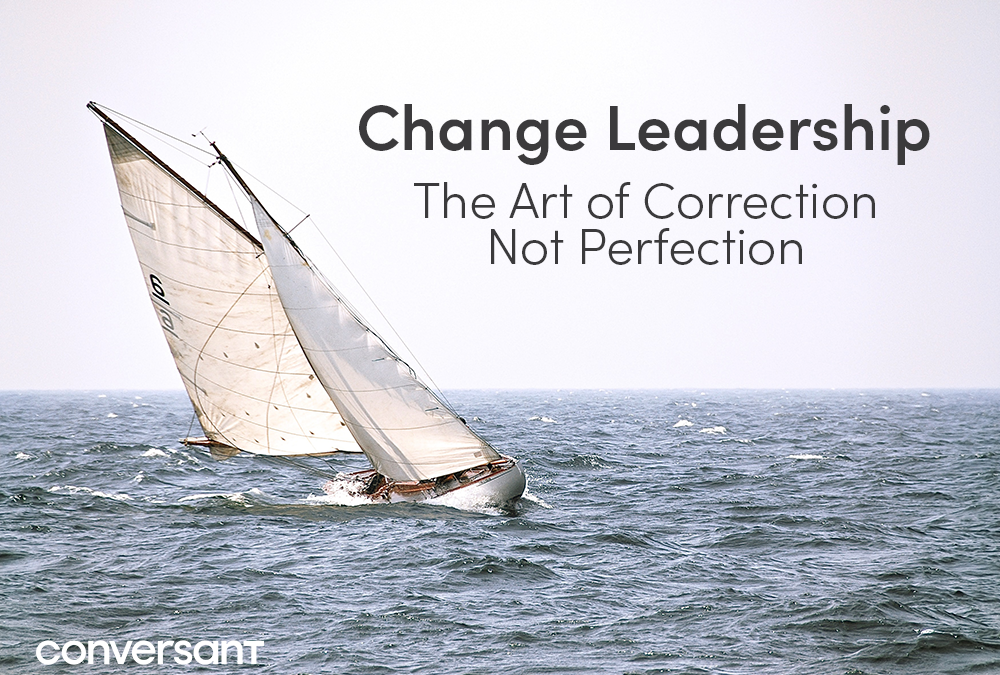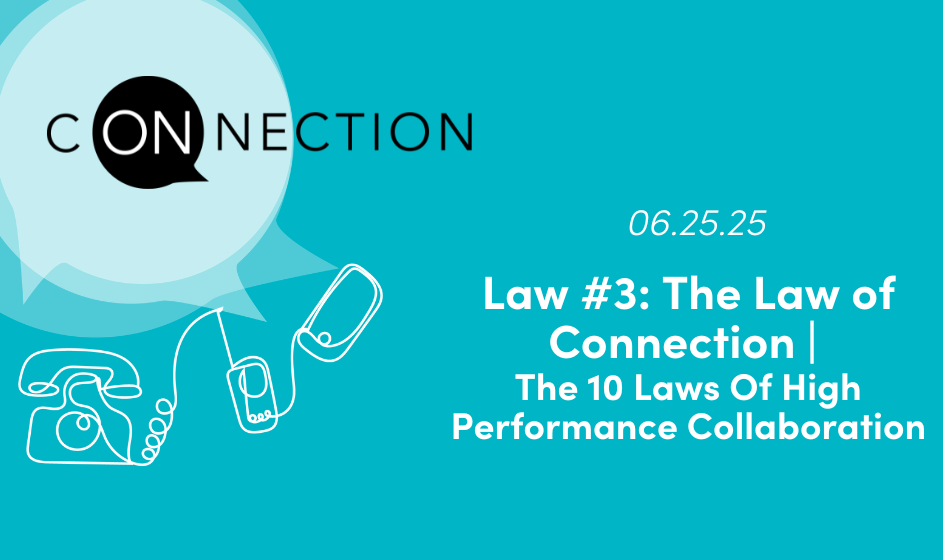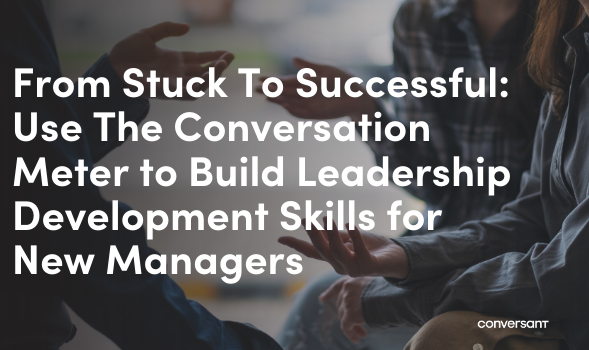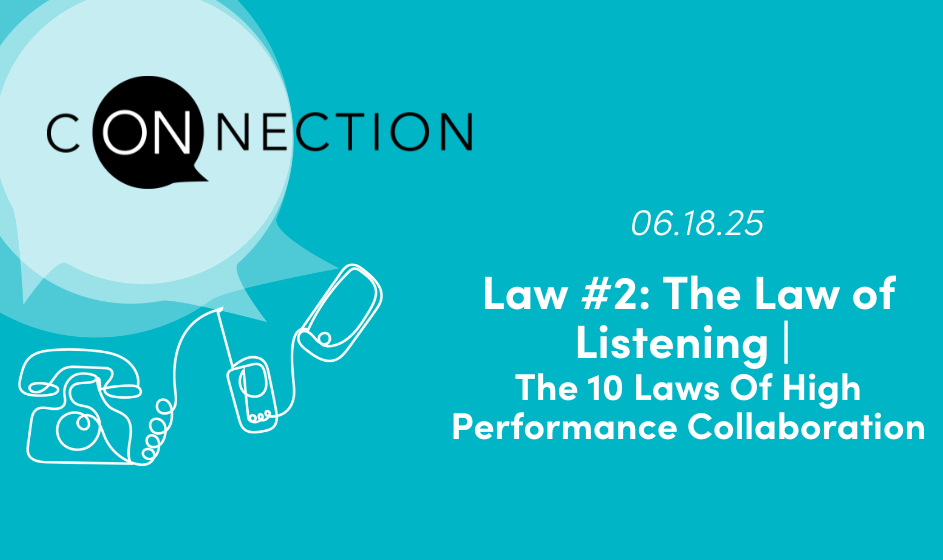This blog was co-written by Robin Anselmi and Katie Mingo.
Human beings are funny. People say: “No one likes change,” yet the reality is humans don’t like uncertainty. It makes sense – even 1,000 years ago uncertainty was a real threat, whether it meant we were short on food, water or shelter, or defending against being another animal’s prey. There is one thing we humans know for certain, and it’s that change is inevitable. Along with everything else in life, the complex organizations we create will change and evolve over time. So, our choice is whether to design and influence change, or simply let it happen. Said another way: will you merely manage change, or will you lead it?
The challenge with change “management” is that we all want it to go through predictable stages. Common change curves say change looks something like this:
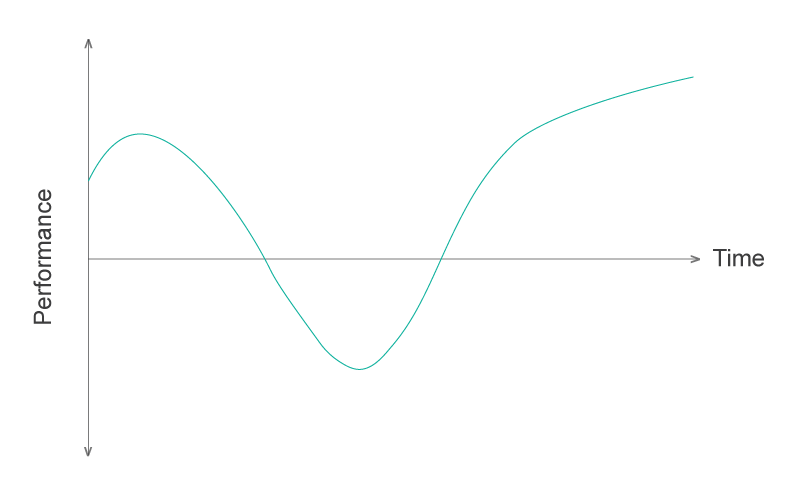
And while that might be true in theory, the experience of change tends to feel more like this:
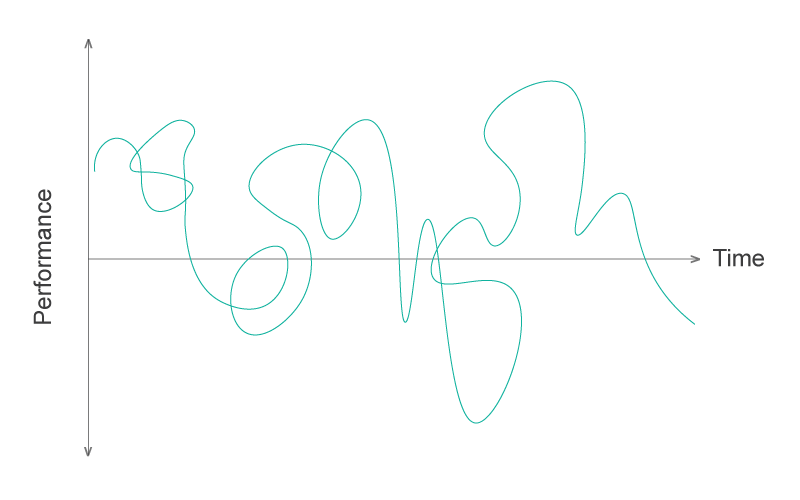
An analogy we often use is sailing. A sailboat may be heading in a certain direction but depending on the wind and currents moment to moment the sailboat will need to tack. Imagine you know nothing about sailing and you’re sitting on the shoreline watching a sailboat. To you, it might seem really crazy, watching the boat go back and forth and around instead of just heading in a straight line. In fact, it could look like a complete waste of time and effort. Even for those on the boat it may seem harried or frustrating, with all the apparent changing of direction. However, the crew is at least aware of the forces at work and the purpose for all the quickly changing (and seemingly chaotic) activity.
For organizations going through changes, some will be more like the people standing on the shoreline wondering, “What the heck are those people doing?” For others, it will be more like being on the boat, saying, “Don’t ask us questions right now, can’t you see all that we’re dealing with?!?!”
When you’re making changes inside of large, complex organizations, you will run into things you couldn’t predict (changing currents, sudden storms). The key is to:
- Notice when things are going off course.
- Make timely corrections.
- COMMUNICATE, COMMUNICATE, COMMUNICATE those changes. They will seem so evident to you, but they will not seem so evident to the rest of the organization.
Knowing there will always be a variable of unpredictability, you can design your change effort accordingly. Your organization will evolve through trial, progress, error, and adjustment. We’ve found that building short cycles of experimentation into change initiatives drives rapid and valuable learning that energizes the change. We recommend identifying goals that can produce a surprising, observable result in 90 days. This design encourages deeper engagement, reveals actionable insights relative to the target culture, and builds confidence and competence for making it a reality.
Even armed with a well-thought-out roadmap and a solid vision for the future, changes rarely go as planned in the complex systems we all live and work inside. Change efforts often fail because leaders don’t care long enough, and don’t recommit to evolving plans over time. Real, lasting change requires ongoing, focused attention on both how you think about work and how work gets done. So much of how we work is driven by the beliefs we have about our work. For example:
If you believe your main job as a leader is to have a vision, you will tend to see the main activities you need to engage in are broadcasting that vision and telling people what the next steps are.
VS.
If you believe your main job as a leader is to shape a vision, you will tend to see the main activities you need to engage in are hosting dialogues, listening to others, getting input about the next steps and possible barriers.
This may seem like a subtle shift but think about all the cascading differences it makes in how you spend your days, what you put your attention on, and how that impacts others in the organization.
Most change efforts try to change behavior first, through processes, restructuring, or even fear. However, there are shared mindsets, norms, and ways of thinking that exist in your organization and have developed naturally over time. If they aren’t aligned with the new behavior you want to see, they’re likely to get in the way of progress, like a strong current that pulls you backwards no matter how hard you try. More effort doesn’t always equal more progress. It usually means more wasted energy, resources, and eventually, burnout. So, why not change the current?
While less tangible, starting with mindset creates a more sustainable foundation for change. Rather than fighting against it, it fuels the shift. By providing context, clarity, and alignment, people are better able to take confident, self-supervising action in service of the larger vision. The new thinking drives new action and informs which structures or processes need to shift in order to support new behavior in the long term.
There’s no sugar coating it – this is hard work. There is no shortcut or quick fix to real change, but if leaders care long enough, it is more than possible. By caring longer with compassion and respect for learning, you will notice that changes you lead look much more like this:
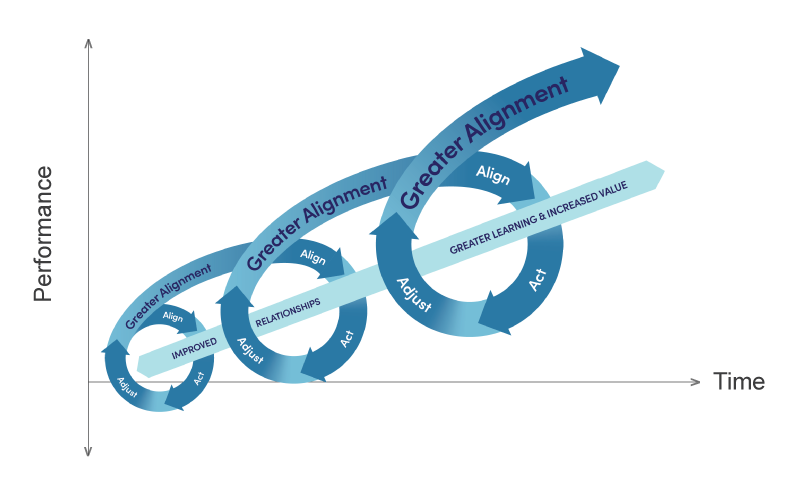
Change is challenging. It rarely goes the way we want it to, but how you lead through the change is as important (if not more) as the results you want to see. If you’re currently leading a change effort or planning one, we would love to hear about your challenge. Send us a note or stay in touch by following us on LinkedIn and subscribing to our newsletter.

